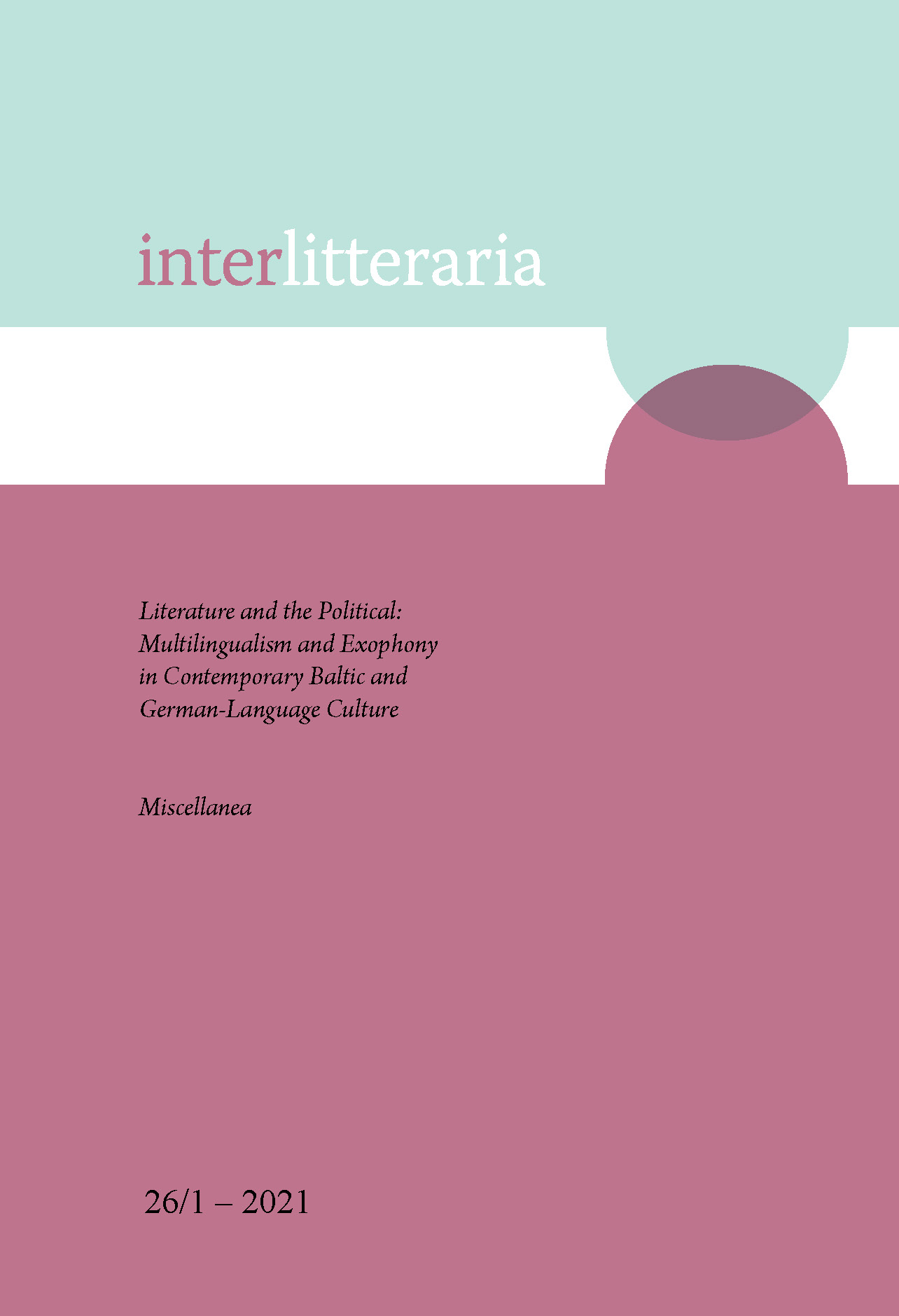A Rhapsody in Pink: Reflections on Seducing Nature through World Philosophies by way of James Joyce’s Ulysses
DOI:
https://doi.org/10.12697/IL.2021.26.1.17Keywords:
embodiment, death, synesthesia, aesthesis, La petite mort, dukkha, yesAbstract
Through a reflection on color in the natural world by way of James Joyce’s Ulysses, this paper is an ebullient, rhapsodic, and free-flowing associative meditation on the embodied place of humans in nature. Various sources are employed through a variety of philosophic literature: ancient Western, such as Heraclitus, Parmenides, Anaximander, and Plato; the Continental philosophical tradition, such as Nietzsche, Heidegger, Husserl, and Merleau-Ponty; and Asian sources, especially Buddhism (Dōgen and Thich Nat Hanh) and Daoism (Laozi and Zhuangzi). The meditation metaphorically opens with an encounter of the color pink, which is allegorically represented as our entry into the natural world, and how this color has been neutralized through its human intensification in the color red, which in its attempt to exaggerate pink and the natural accomplishes the opposite – the covering up the self-same reality of the world and the human place in the world. The liberation of the feminine by way of Joyce’s character Molly Bloom is heralded as a call to turn again to nature’s world as the only means of human redemption. This turn, or return, is a returning to the natural order by means of learning afresh how to seduce nature to love us as a species again; and in turn, nature holds out an existential challenge to our species – how to say yes, again and again, to who and what we truly are. And the what and who we are is to be in and a part of nature once again.
Downloads
Downloads
Published
Issue
Section
License
The contents of Interlitteraria are published under CC BY-NC-ND licence.


